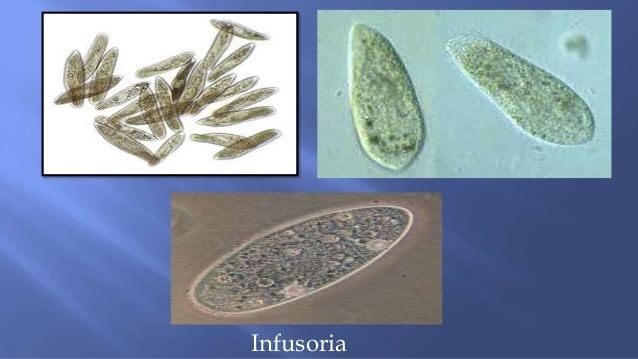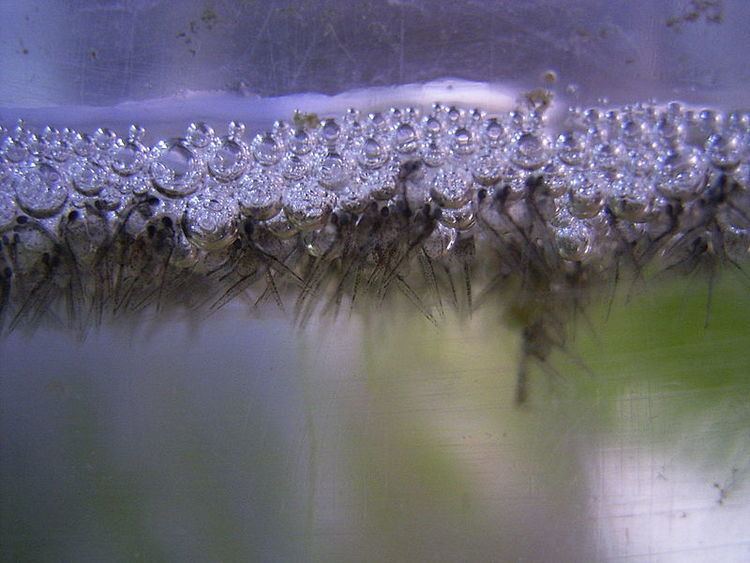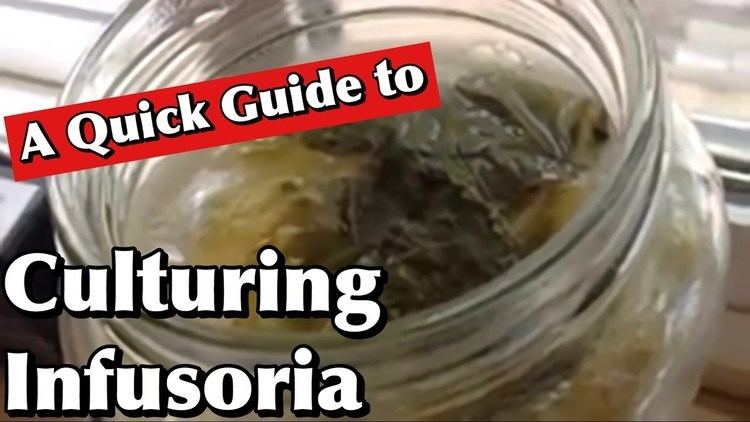 | ||
Representative species Paramecium caudatum, Paramecium bursaria, Paramecium aurelia, Paramecium tetraurelia | ||
A quick guide to culturing infusoria
Infusoria is a collective term for minute aquatic creatures such as ciliates, euglenoids, protozoa, unicellular algae and small invertebrates that exist in freshwater ponds. Some authors (e.g., Bütschli) used the term as a synonym for Ciliophora. In modern formal classifications, the term is considered obsolete; the microorganisms previously included in the Infusoria are mostly assigned to the kingdom Protista which itself is a polyphyletic assemblage of groups.
Contents

Aquarium use

Infusoria are used by owners of aquariums to feed fish fry; newly hatched fry of many common aquarium species can be successfully raised on this food during early development due to its size and nutritional content. Many home aquaria are unable to naturally supply sufficient infusoria for fish-rearing, so hobbyists may create and maintain their own supply cultures or use one of the many commercial cultures available. Infusoria can be cultured by soaking any decomposing vegetative matter, such as papaya skin, in a jar of aged water. The culture will be grown in two to three days, depending on temperature and light received. The water will first turn cloudy, but it will clear up once the infusoria eat the bacteria which caused the cloudiness. At this point, the infusoria will be ready, and will usually be visible to the naked eye as small, white specks swimming in the container.

